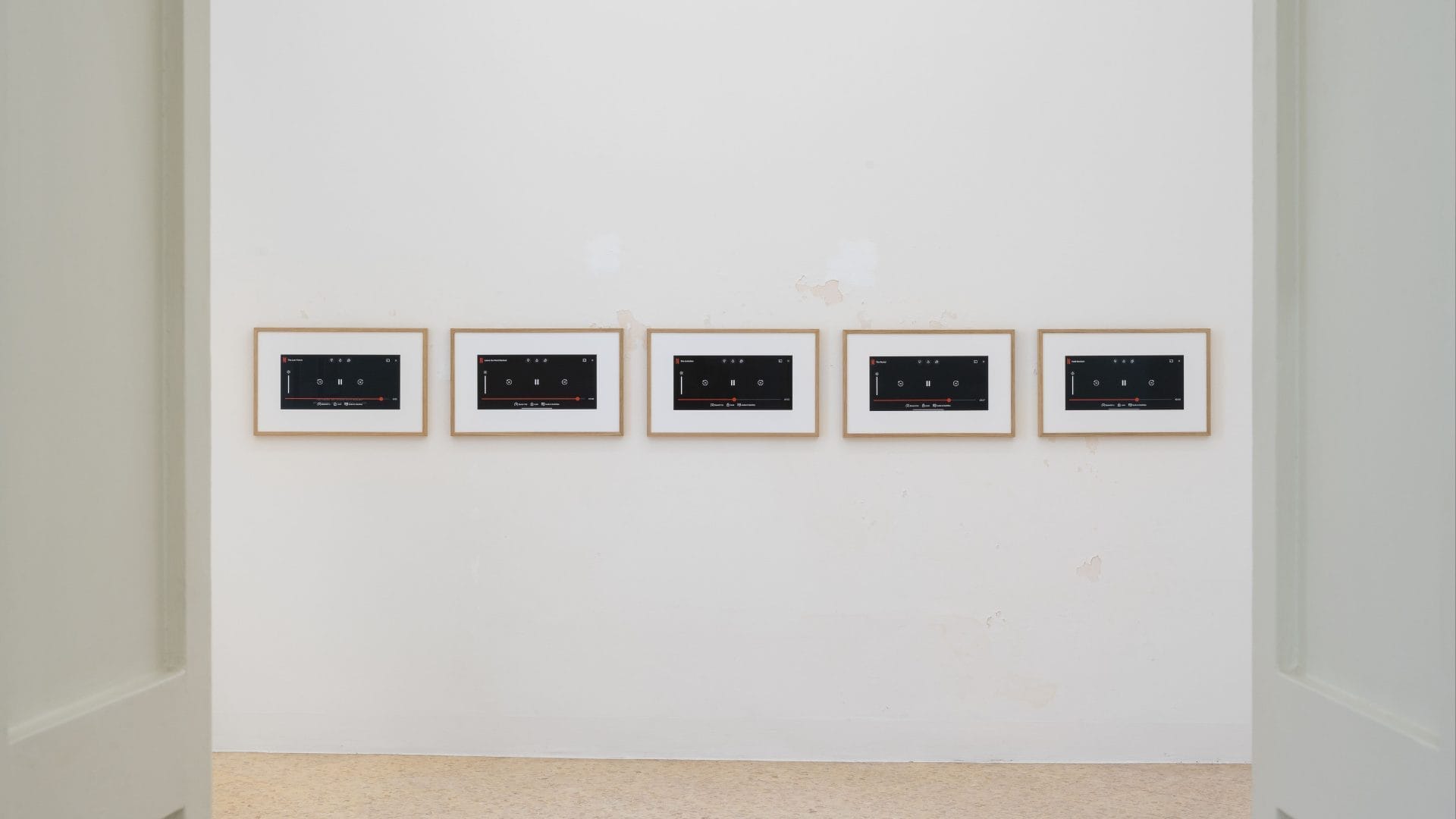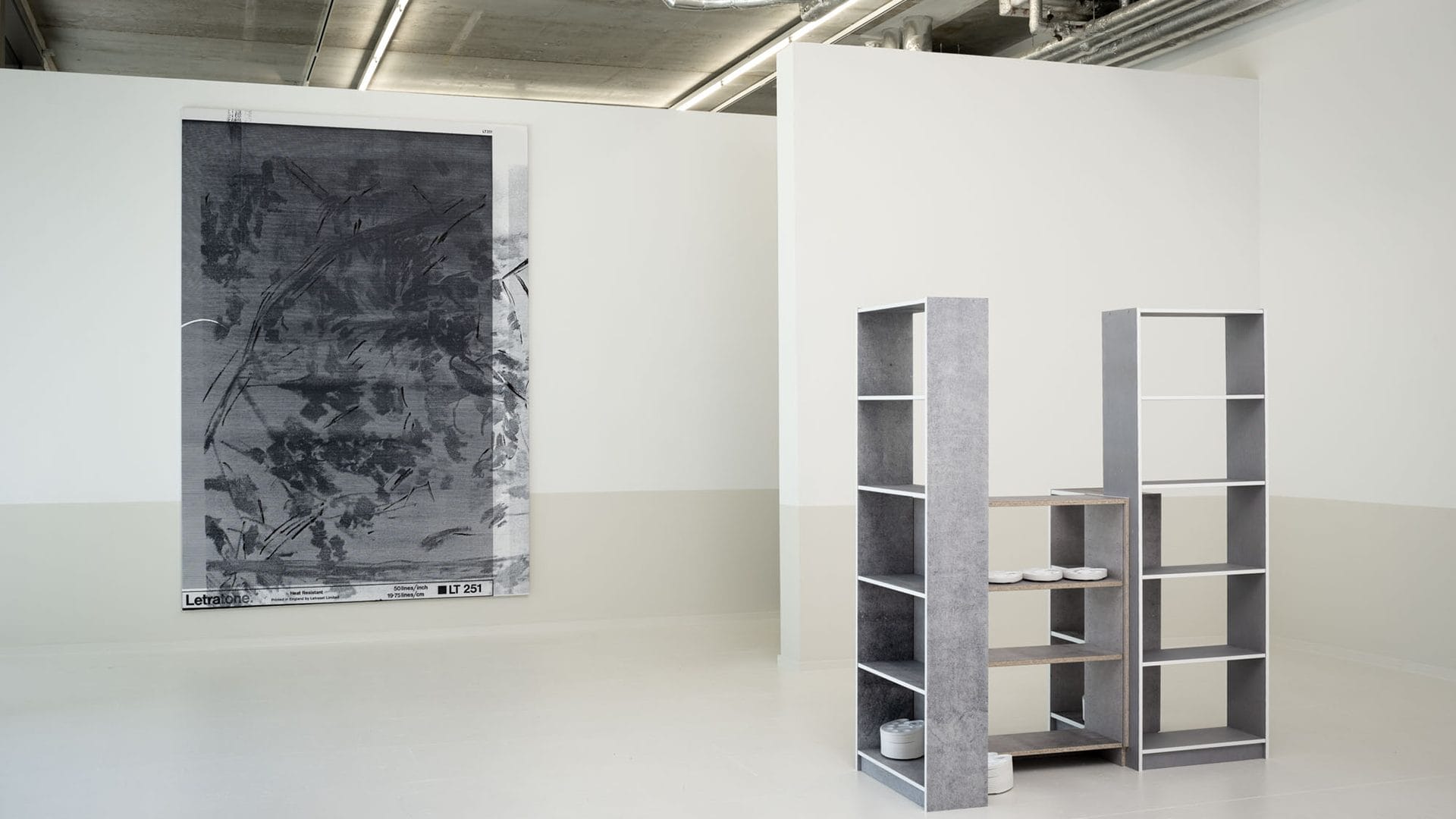
The Future Perfect: Ben Edmunds’ Chromatic Adventure
Upon entering Ben Edmunds‘ exhibition titled “The Future Perfect” at the L21 Gallery in Barcelona, we were immediately struck by the fusion of chromatic abstraction and sports equipment. This exhibition, which runs from June 27 to September 13, 2024, invites visitors to reflect on the nature of progress and human aspiration.
The gallery atmosphere is dominated by a sense of adventure and discovery, reflected both in the arrangement of the works and in the use of materials. Edmunds’ canvases, rich with colors achieved through fabric dyes, evoke the modernist experiments of artists like Jules Olitski, Helen Frankenthaler, and Kenneth Noland. However, it is the inclusion of sculptural elements and graphic design that propels these works into the present, proposing painting as a tool of adventure with its own rules, materiality, and branding.

The exhibition features works framed with carbon fiber frames, elastic cords, and carabiners, elements reminiscent of the outdoor sports Edmunds practiced as a child and the contemporary obsession with engineering and utility found in London fashion. This focus on “gear” reflects a thirst for adventure and experience, acknowledging a perpetually unsatisfied humanity always in search of something new.
A new series, titled “It’s Time to Believe in Magic,” is displayed alongside the gradient color canvases for which Edmunds is known. These minimalist works, with flat, uninterrupted color blocks, recall the chromatic experiments of Ellsworth Kelly. Created with hand-dyed colors, the canvases are joined by heavy sculptural frames and elastic cords. Edmunds states, “I don’t fully understand them. They are exciting and unfamiliar to me, but I believe in them. They resemble nautical flags, designed for communication, but their messages are ambiguous.”
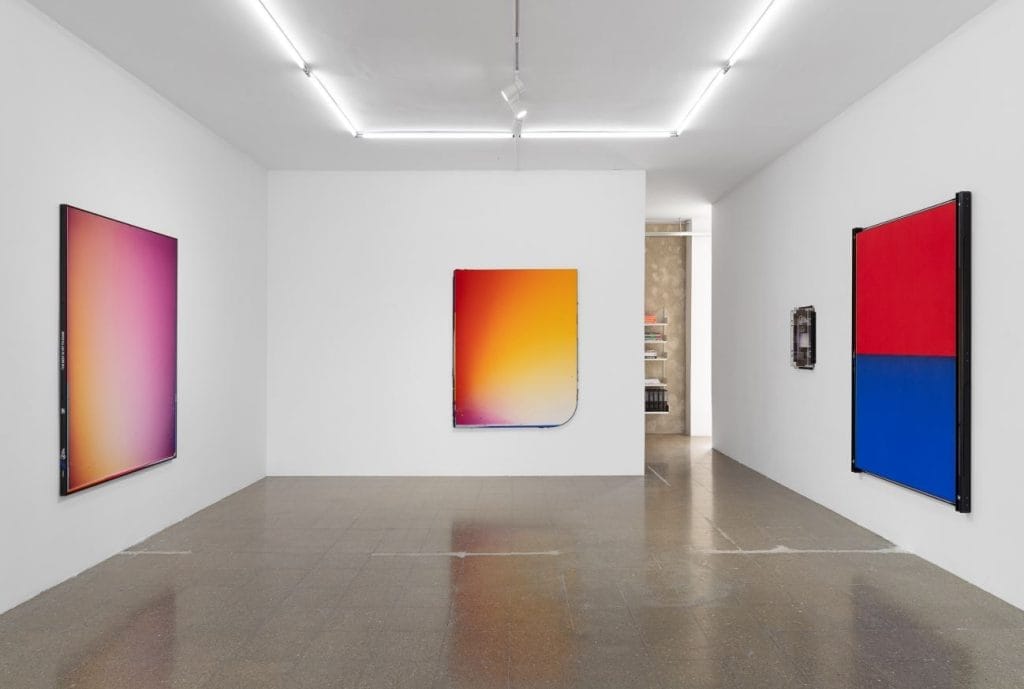
The works utilize texture and detail to add a tactile dimension to the viewer’s understanding of the surfaces. Characterized by a unique combination of chromatic abstraction and references to adventure sports culture, the canvases are crafted with thin layers of fabric dyes applied to create rich color gradients.
However, Edmunds enriches these surfaces with sculptural and graphic design interventions, integrating carbon fiber frames, elastic cords, and carabiners. These elements not only frame the works but also confer a strangely hybrid three-dimensionality, suggesting that the canvases might somehow be tools of adventure—devices for an experience, for a new reading of the painting medium.
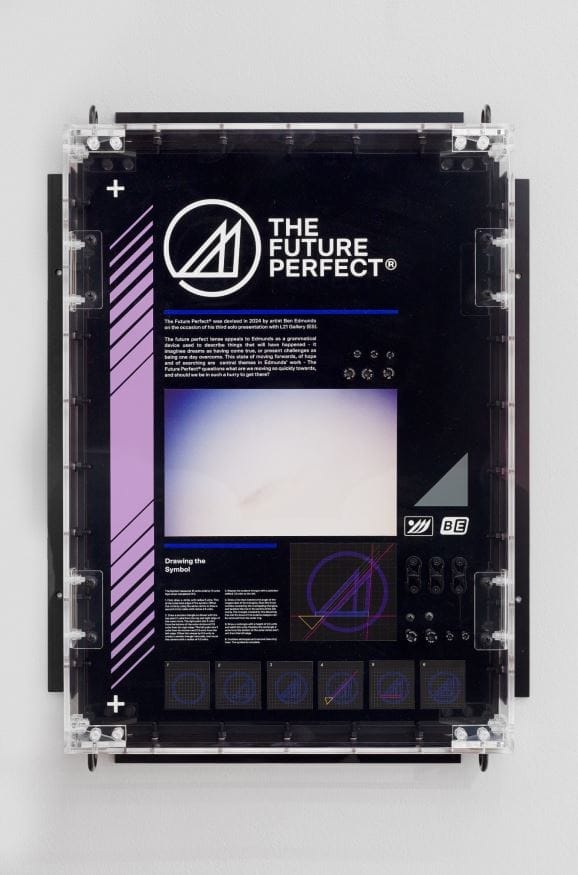
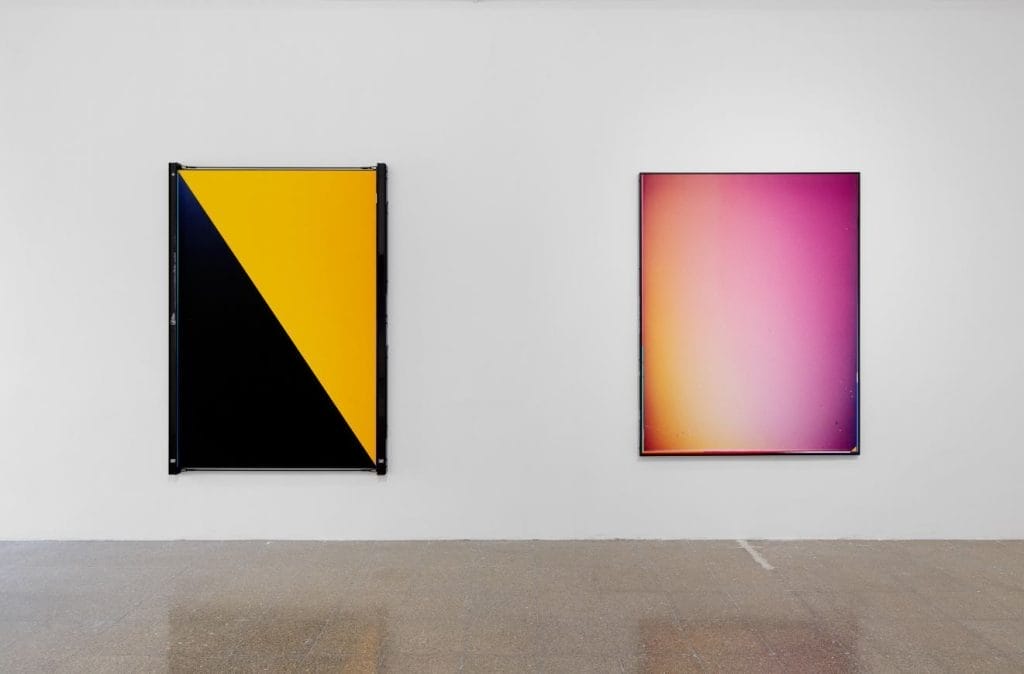
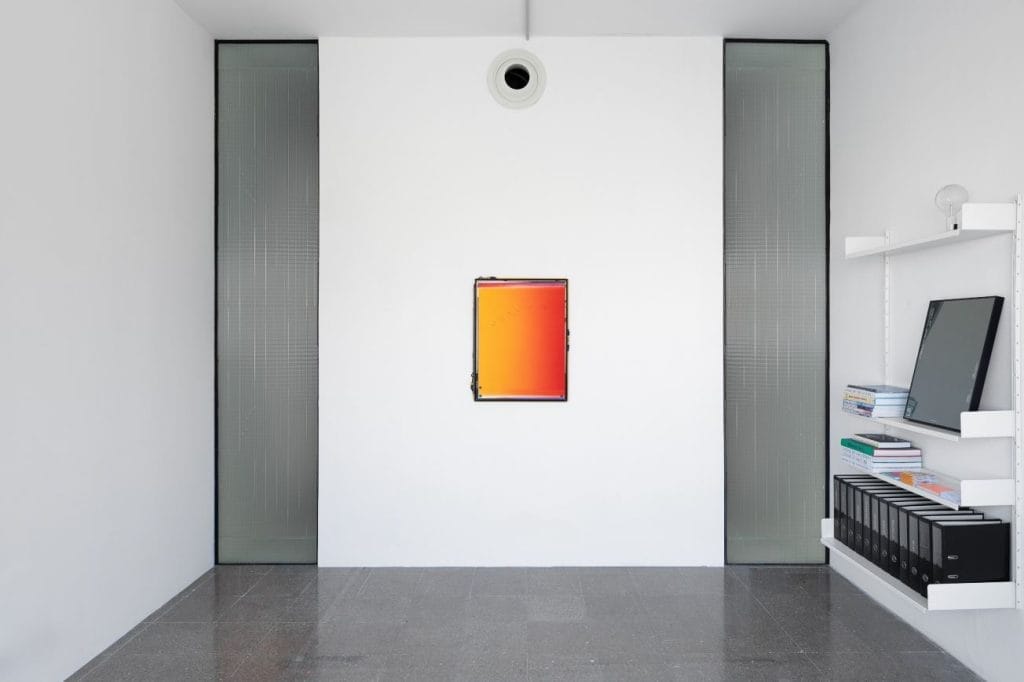

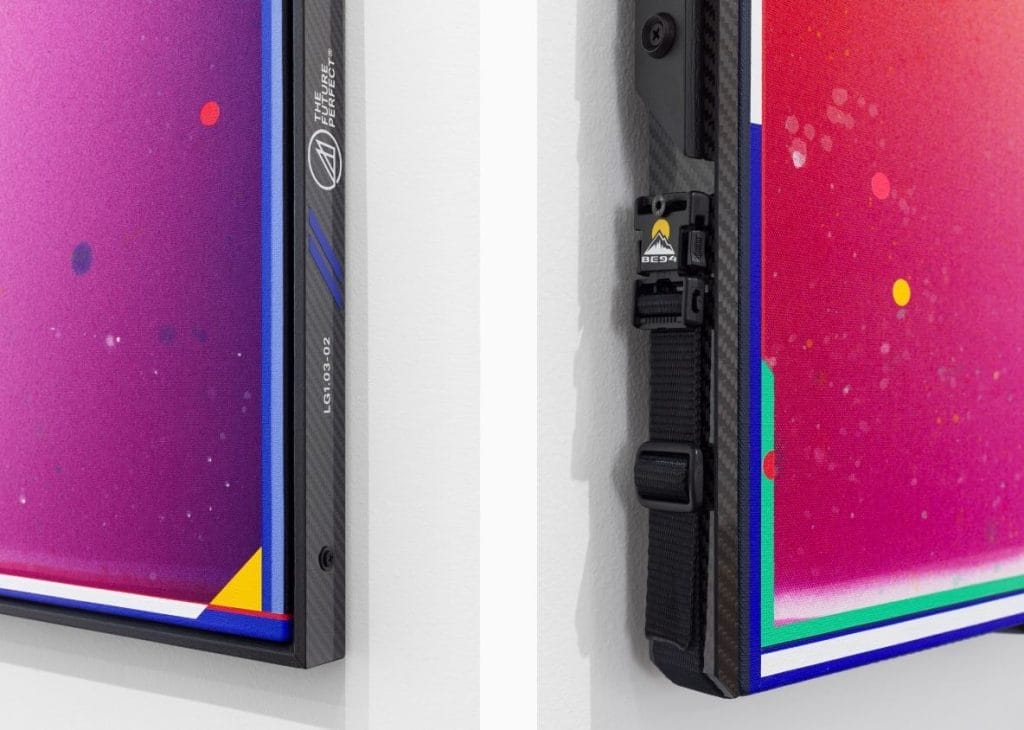
fakewhale
Founded in 2021, Fakewhale advocates the digital art market's evolution. Viewing NFT technology as a container for art, and leveraging the expansive scope of digital culture, Fakewhale strives to shape a new ecosystem in which art and technology become the starting point, rather than the final destination.
You may also like
SoiL Thornton, candidate screening methods, at Progetto, Lecce
“candidate screening methods” by Soil Thornton, at Progetto, Lecce, from July 13, 2024,
Manor Grunewald in conversation with Fakewhale
Introducing Manor Grunewald Born in 1985, lives and works in Belgium. Visit Artist Website Fakewhale
Fakewhale in Dialogue with Camille Rouzaud
1. Can you tell us a bit about your artistic journey? How did you start, and what led you to become

